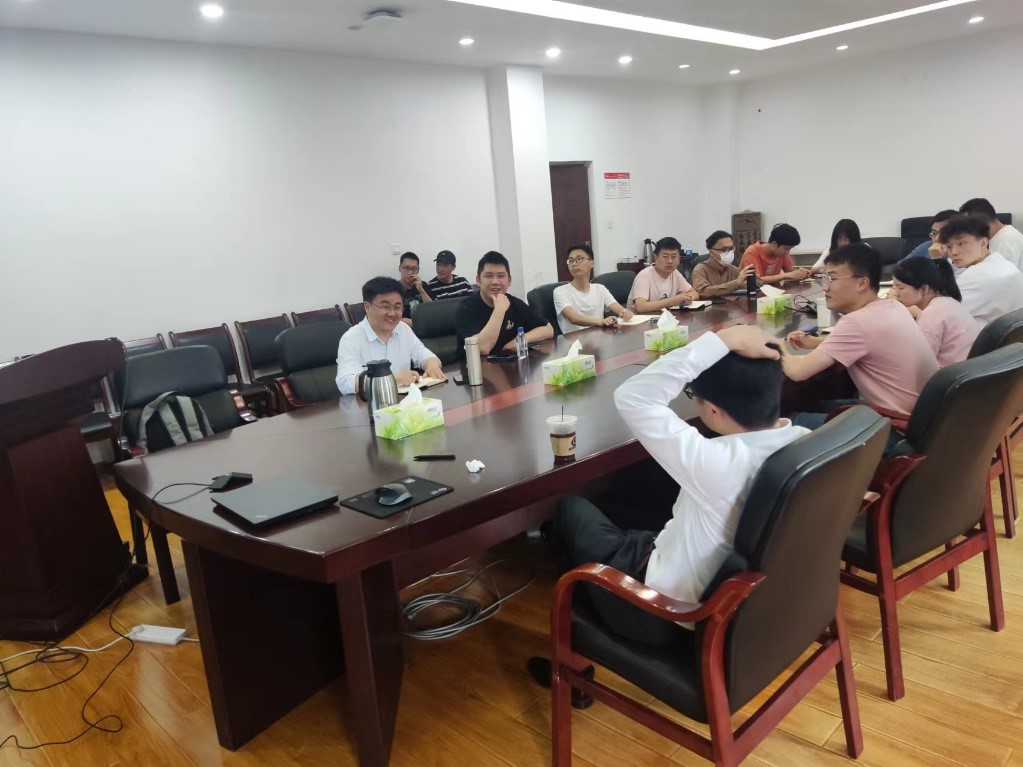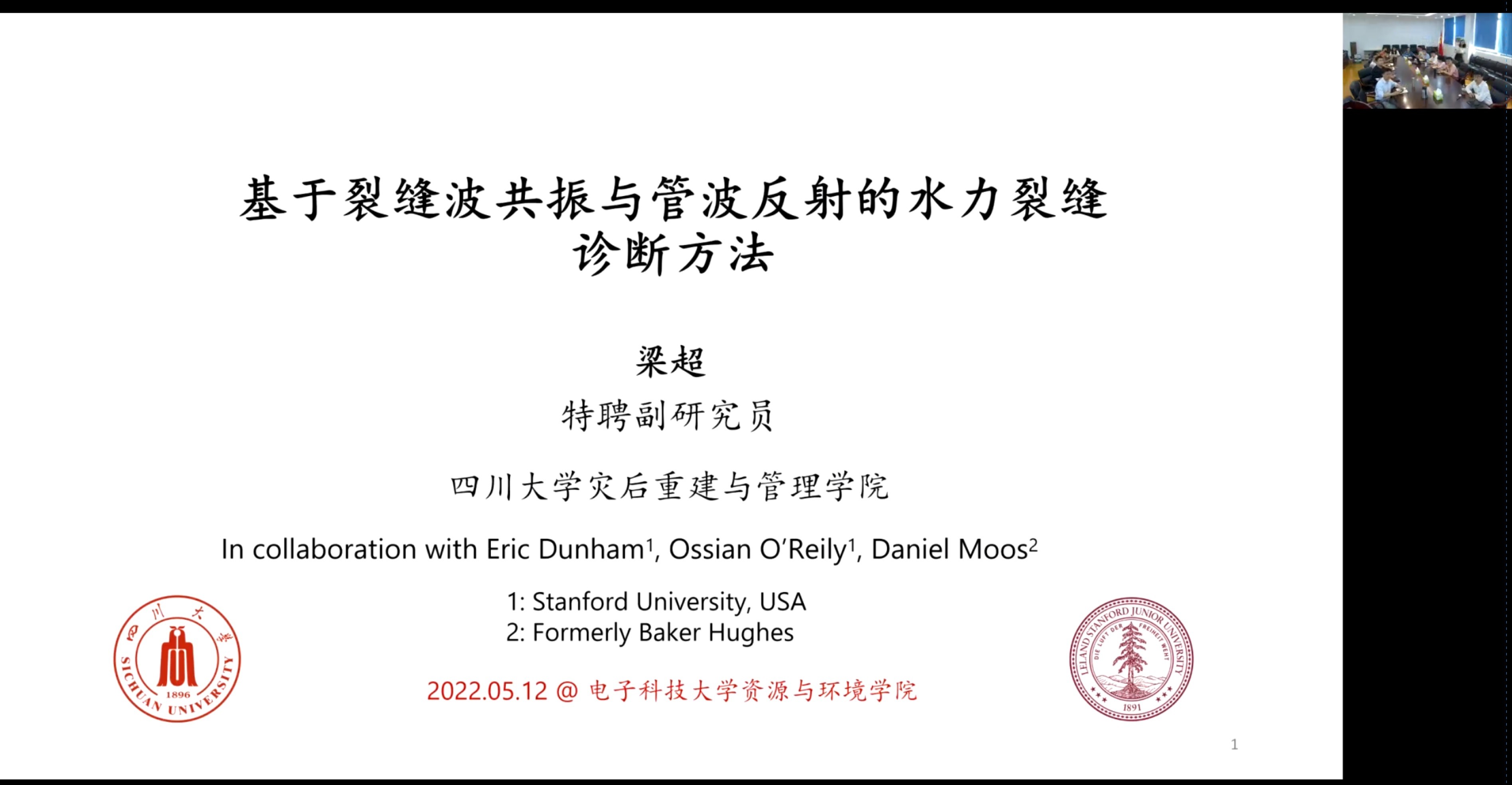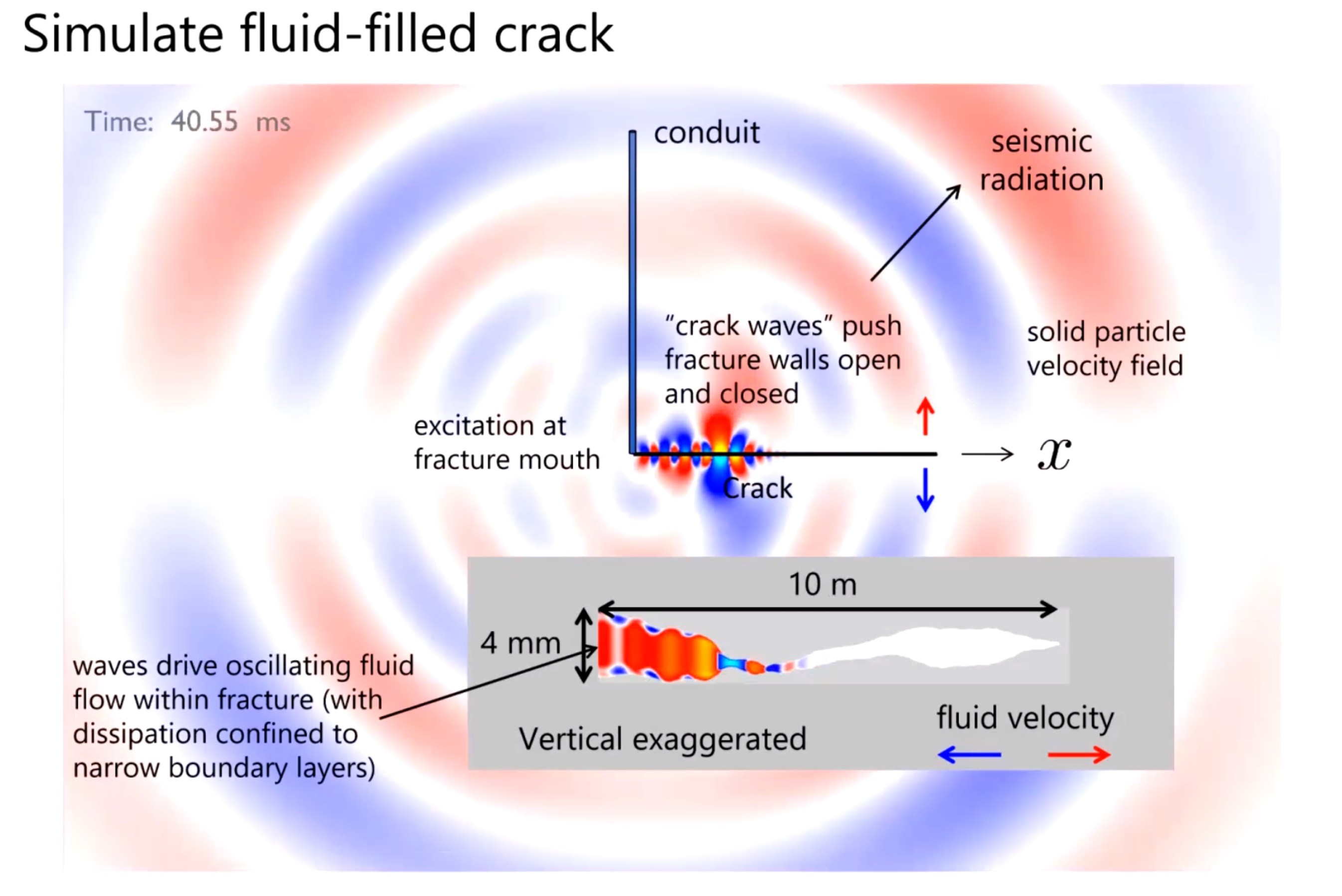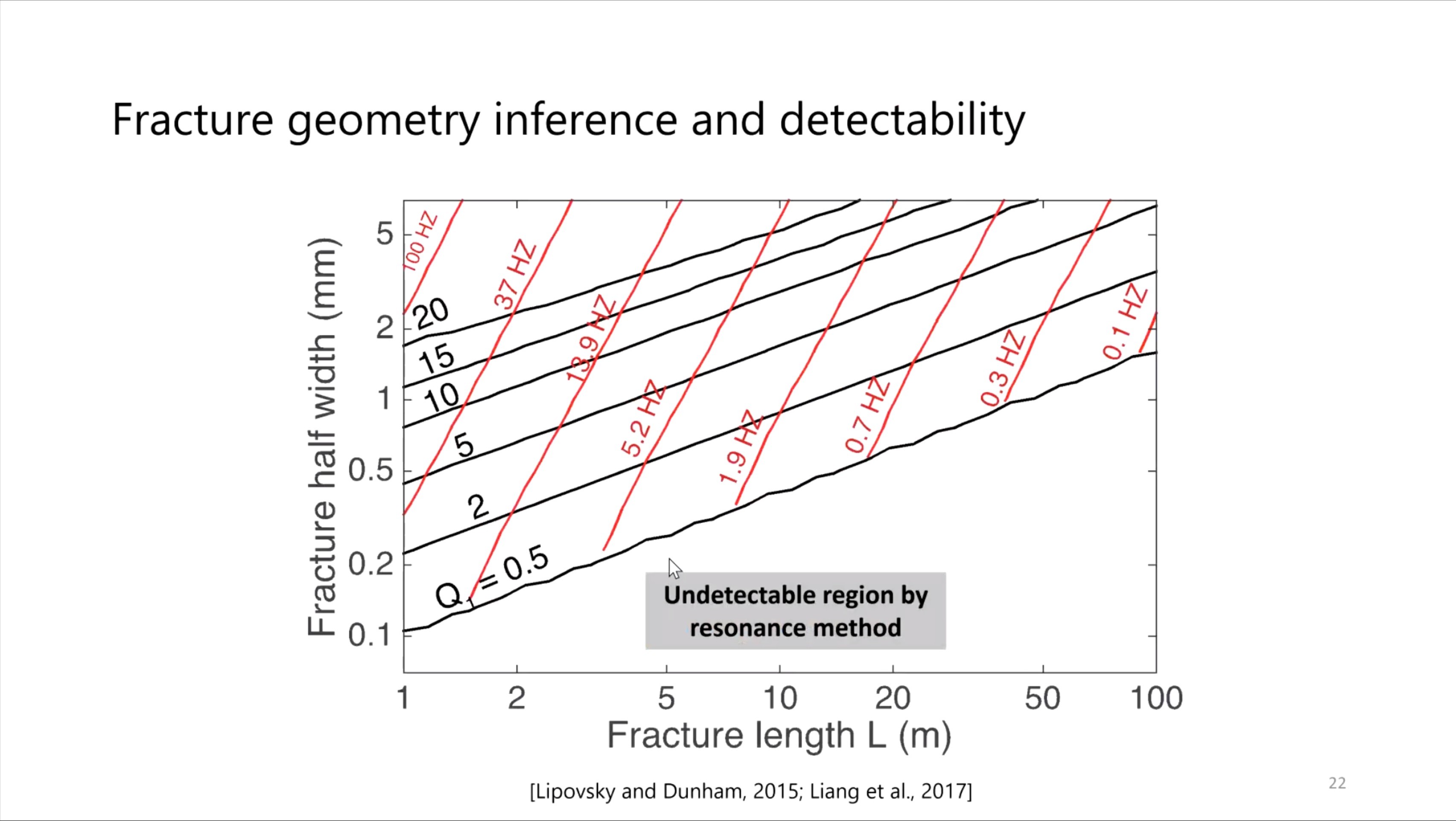SPWLA Southwest Chapter Guest Lecture by Dr. Liang Chao from Sichuan University: Detection of fractures induced by hydraulic fracturing based on Krauklis wave resonance and tube wave reflection
On May 12, 2022, Professor Wang Hua, chairman of the SPWLA Southwest Chapter, invited Liang Chao, Associate Researcher from the School of Post Disaster Reconstruction and Management of Sichuan University, to present his work on Detection of fractures induced by hydraulic fracturing based on Krauklis wave resonance and tube wave reflection. The invited technical lecture is sponsored by SPWLA Southwest Chapter and organized by the School of Resources and Environment of University of Electronic Science and Technology. The meeting was hosted by Professor Wang Hua and broadcasted to online audiences. The number of participants was more than 200.

Fig 1. The lecture at UESTC campus hosted by SPWLA Southwest Chapter

Fig 2. Online broadcast of the lecture by Dr. Liang
With the rise of world energy consumption, Shale Oil and Gas resources have become the focus of global energy development. The permeability of shale matrix is very low. The progress of horizontal wells and hydraulic fracturing technology has promoted the shale gas revolution and changed the world energy pattern. Hydraulic fracturing technology improves oil recovery by creating artificial fractures, but there is still a lack of effective methods to accurately diagnose the geometric size of artificial fractures. This brings further challenges to well completion design optimization and Oil & Gas resource exploitation. Dr. Liang Chao introduced fracture detection method based on Krauklis wave resonance and tube wave reflection. The Krauklis wave propagates along the fluid-filled fracture and is sensitive to the geometric size of the fracture. Through the finite difference numerical simulation, the quantitative relationship between the resonance frequency, attenuation (quality factor) and the geometric size of the fracture is established, and based on which the geometric size of the fracture can be deduced. Using the coupled characteristics of Krauklis and tube waves, Dr. Liang introduced a practical method that can determine the fracture size through the tube wave signal. His research results not only provide a new idea for diagnosing the geometric size of hydraulic fractures in Shale Oil and Gas reservoirs, but also provide technical support for optimizing fracturing completion design and developing unconventional resources.

Fig 3. Finite difference snapshot showing the propagation of Krauklis wave in fluid-filled fracture

Fig 4. Relationship between resonance frequency, quality factor of Krauklis wave and fracture size
Dr. Liang, as guest speaker of SPWLA Southwest Chapter, shared new ideas for the evaluation of the geometric size of fractures to relevant domestic industries. The series of academic meetings of SPWLA Southwest Chapter has built a learning and exchange platform for domestic teachers and students, promoted the exchange of experts and scholars at home and abroad.